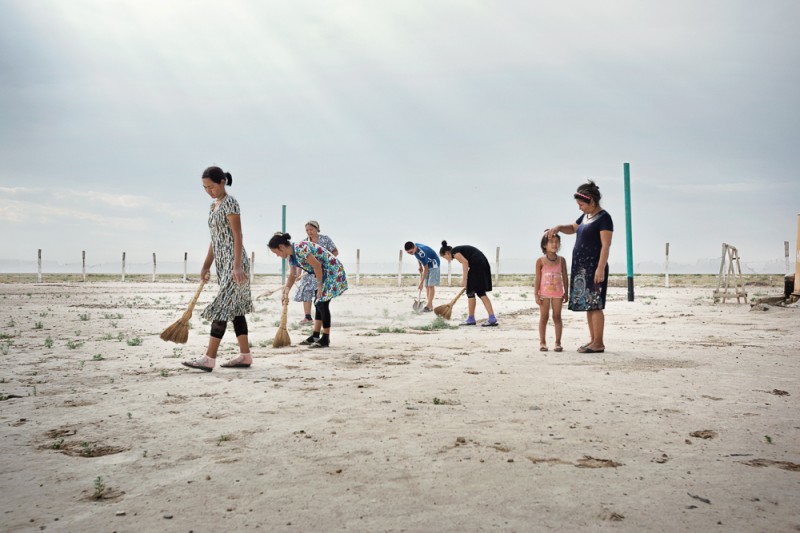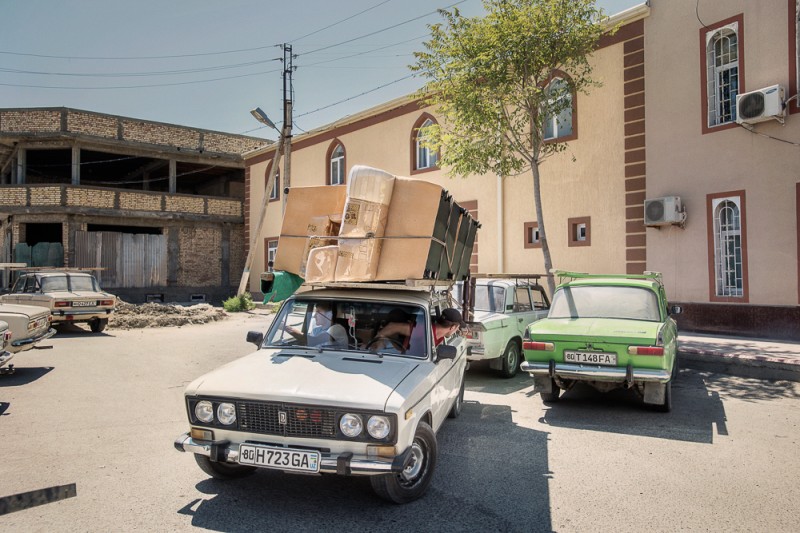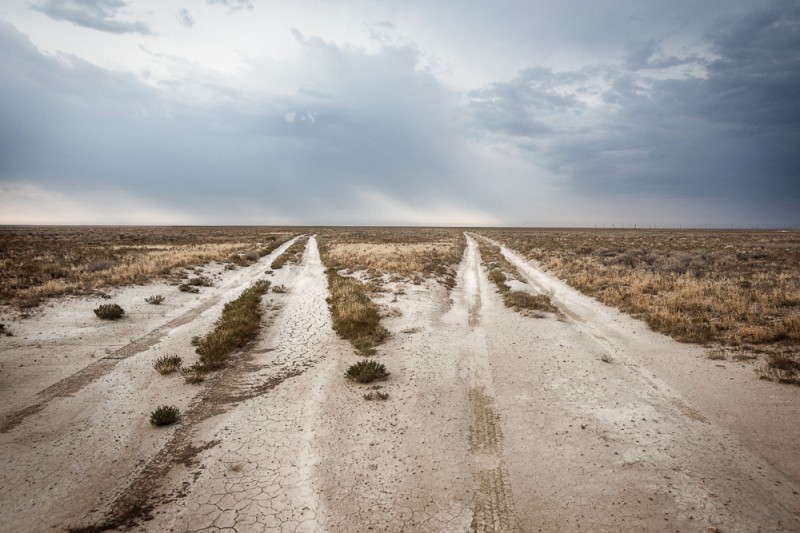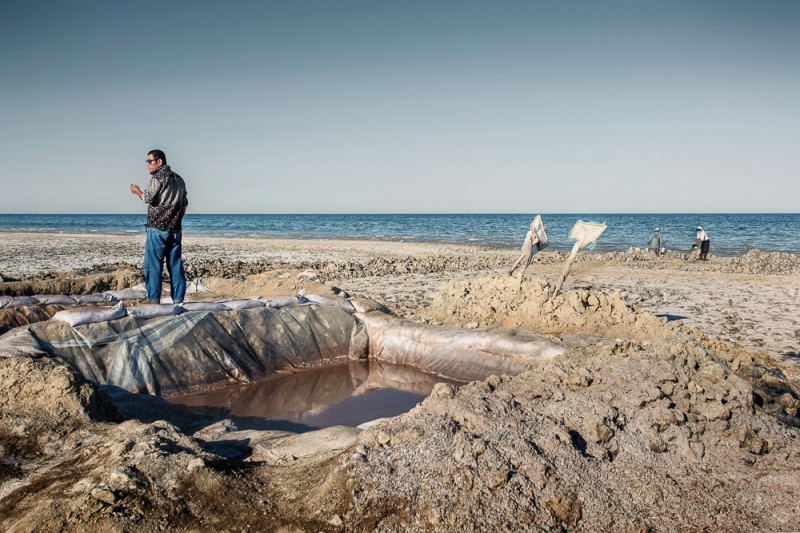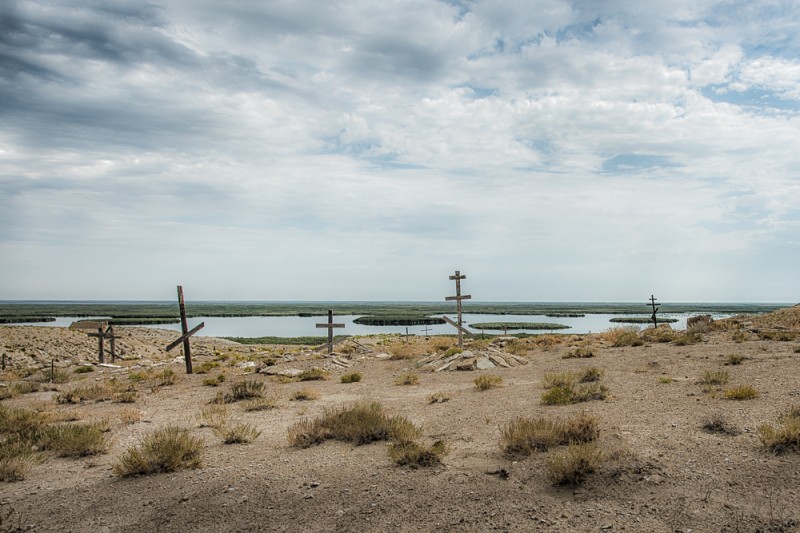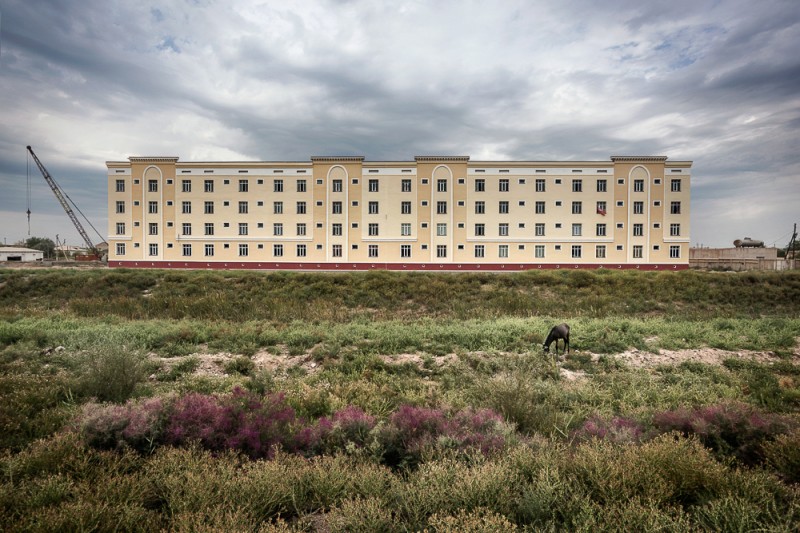Aralkum - A man made desert
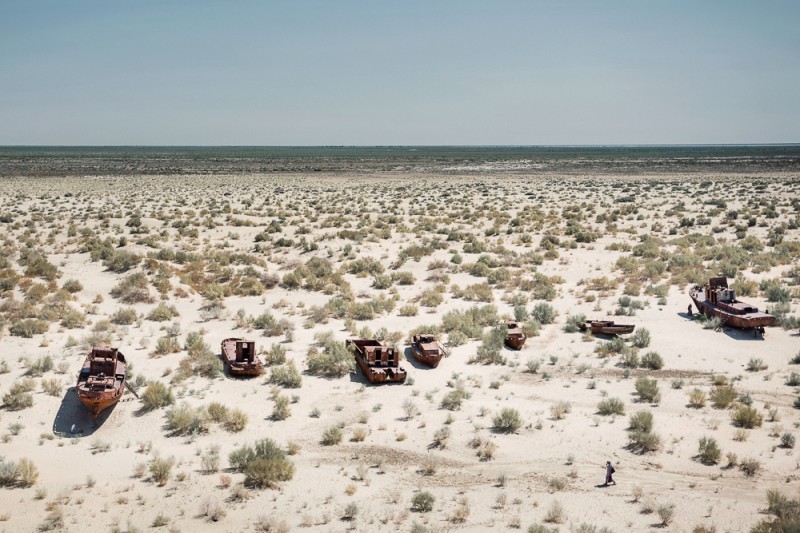
-
PhotographerSimone Tramonte
-
PrizesSilver in Science/Environment
For centuries, the Silk Road connected the West with the East: a network of walkways, paths, trails that overlap each other and reach cities whose names still evoke the glories, mysteries, adventure. For most of the 20th century, Iron Curtain has isolated these territories from the rest of the world. Was the period of the Cold War, during which the United States and the Soviet Union were busy in designing and experimentation of deadly weapons of mass destruction. In those years the Silk Road was also at the center of another deadly project: "The great plan for the transformation of nature", also known as the Stalin plan for the transformation of nature. The unconditional exploitation of environmental resources and human prevarication on nature guided only by economic interests, have always determined serious repercussions on the environment. In the second half of the 40s in fact Stalin decided to transform the central Asia republics in huge cotton plantations. The arid climate of these regions was not suitable to cultivation of a plant that needs a lot of water; so, the Soviets undertook one of the most ambitious engineering works of human history, digging by hand thousands of kilometers of canals to irrigate the surrounding desert with the Amu-Darya and Syr-Darya water. Suddenly the system stopped being sustainable. The Soviets knew what they were doing, but they didn’t calculate the overall impact that their actions would have had on the environment, and especially the speed with which the Aral Sea would have disappeared. Today, the Aral Sea, once the fourth largest lake in the world, has been replaced by a flat of salt and the progressive desertification has led to a growing environmental crisis, which has devastated economy, health and the fabric of communities of an entire society for future generations. The locals have renamed it the Aralkum: the Aral desert. "The worst ecological disaster in the history of mankind", is how Al Gore, in his book "Earth in the Balance", defines the story of the Aral Sea, sentenced to death by the infamous Soviet economic policy. Recently, the UN Secretary General Ban Ki-moon, visiting the area, described the phenomenon as "One of the most shocking disasters on the planet." The autonomous region of Karakalpakstan, one of the poorest areas of ex-Soviet Union, was thus witness of largest ecological disaster caused by man, in the 20th century. The karakalpaks have witnessed the awesome and terrible spectacle of the disappearance into nothingness of one of the largest inland seas of our planet. The economy of the region, once dependent almost exclusively from fishing, is now mainly supported by the cultivation of cotton. The increased water salinity has in fact no longer allowed fishing, which was the main industry of people living lakeside. Today remained only two of the 24 fish species. The desert sand dunes move forward where before there were the waters of the lake and the bare ground is covered with a large amount of salt became toxic because of the fertilizers used for many years in the cotton fields. Because of the strong winds that blow in the region, huge clouds of toxic dust, made up by the sand of the seabed, spread over huge areas and reach impressive distances, so that traces of these powders were also found in the Himalayas, thousands of kilometers away. Mujnak, once flourishing town of fishermen on the south shore of the Aral, with a cannery that in the 70s was still able to thousand of tons of fish a year, is now a city in the desert. The Aral Sea is now located 90 kilometers most northwestern. Moynaq has become the city of absence: the perception of a past linked to water and based on sea economy and culture is tangible in every city corner and rusty cyrillic writings and uninhabited houses contribute to an atmosphere as "The Day After ". Ryszard Kapuscinski writes in his "Imperium": "Mujnak makes the heart tighten. It is located where once the splendid Amu Darya flowed into the Aral Sea, this incredible sea in the middle of deserts. Today there are no longer either the river or the sea. In the town the vegetation has dried up, all the dogs died. Half the people have left and those who remained not know what to do. They cannot work: they are fishermen and now there is no more fish. And then the sea is far away, how to get there through the desert? If there isn’t too much wind, people sit on benches resting against the peeling and crumbling walls of the miserable hovels. [...] If you try to smile to people leaning against the houses, you see them darken even more, women even veil their face. In fact, the smile here rings false: a laugh would make the effect of a rusty nail crawling on glass. " In addition, the land that the waters of the lake have uncovered is a rich natural gas field, a small mining treasure that is tempting Russian and Chinese companies, such as Lukoil and China National Petroleum Corporation, which in 2006 made an important agreement for the exploitation of the subsoil of the lake with the Uzbekistan Government. A possible return of water to its original level on the Uzbek shore would make this kind of activity very difficult or even impossible. The ecological disaster has finally destroyed the local economy. Decline and poverty collide with a climate more and more unhealthy, and cases of infection in the respiratory system, drug resistan tuberculosis and cancer are progressively increasing. "At first you drink water, at the end poison": an Uzbek saying sums up the environmental collapse and the human tragedy of the Aral Sea. The karakalpaki are therefore experiencing a slow erosion of their identity, ie the essential condition for their survival as a community. Communities that still live in the cities on the lake with the desert instead of water have become a kind of "archeology of humanity." "People of Aral" has nothing more: the community of 150 thousand people who lived on the lake has no more water, no longer the fruits of their land, no more fish to catch, no more boats, no more work, no longer has its own region ... no longer has an identity. This project has the objective to give an overview of a complex and poorly understood situation, where political strategies commercial interests, and physical geography are constantly changing; a large ecosystem where nature, money, and history are intertwined.
